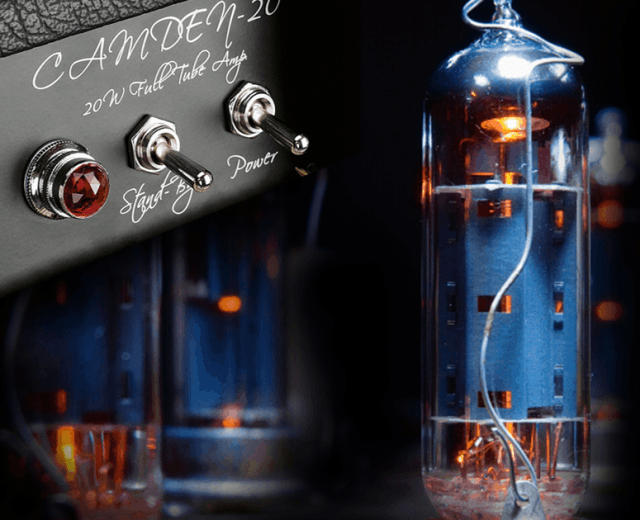At the time when PA systems still did not exist, the need for providing musical instruments on stage amplification forerun the birth of the electric guitar as we know it nowadays. As a matter of fact, the first experiments to apply magnetic transducers – known as pickups - to lap steels date back to the 1930s. Lap steels are stringed instruments played by means of a steel-bar or tone-bar while lying on the thighs of the musician; they were used to play Hawaiian music – along with ukuleles –, country and other styles in vogue at that time.
Magnetic pickups application to hollow-body guitars used in big bands
and the following developments led to the birth of the first
solid-body electric guitars between the end
of the ‘40s and mid ‘50s. The amplification of both
hollow-body and solid-body electric guitars needed an amplifier.
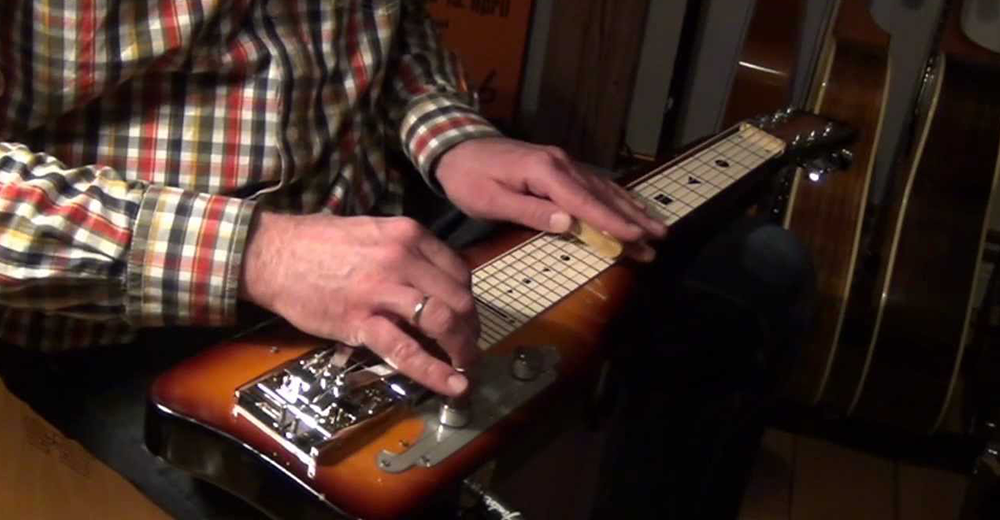
What is an amplifier?
An amplifier is an electrical circuit capable of receiving
the weak
magnetic pickup signal from
a guitar and giving it a first electrical adaptation and treatment called
preamplification.
Additional circuits such as
equalisation or tone controls (for
example: high, low, mid), some kinds of emphasis (for example:
boost, bright,
contour) and effects such as reverberation can be added before
the signal goes to the
power amplifier
(power is measured in Watts).
The power amp raises the signal level till a movement happens in the
speakers, that are the system’s final sound reproduction devices.
There are basically four kinds of guitar amplifiers:
- tube
or valve amps
- solid
state amps
- digital
or modeling amps
- hybrid
amps
This article will simply and
distinctly deal with
tube amplifiers.
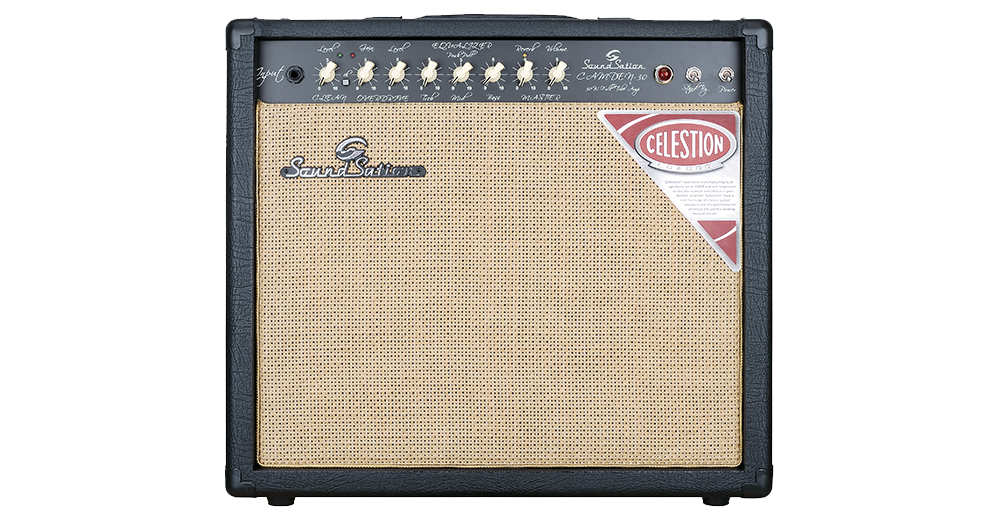
Tubes and distortion
Since the early electrified instruments development until the ‘60s the technology
used in amplifiers building – as well as in any other electronic good, from
radios to the earliest computer – provided for using
vacuum tubes or thermionic
tubes
(more often called valves
in UK). These active
electronic parts are similar to an incandescent lamp; in fact they consist in a vacuum glass shell with a filament that becomes incandescent
during tube’s task.
The English names tube and valve
refer to the property of making an electron flow move between the positive pole
(
cathode or filament) and the negative one (anode or plate) when heated.
In broad terms, by adjusting the
electrons’
flow
by means of a variable voltage, a signal
amplification is obtained
while this is applied to an intermediate component called
grid.
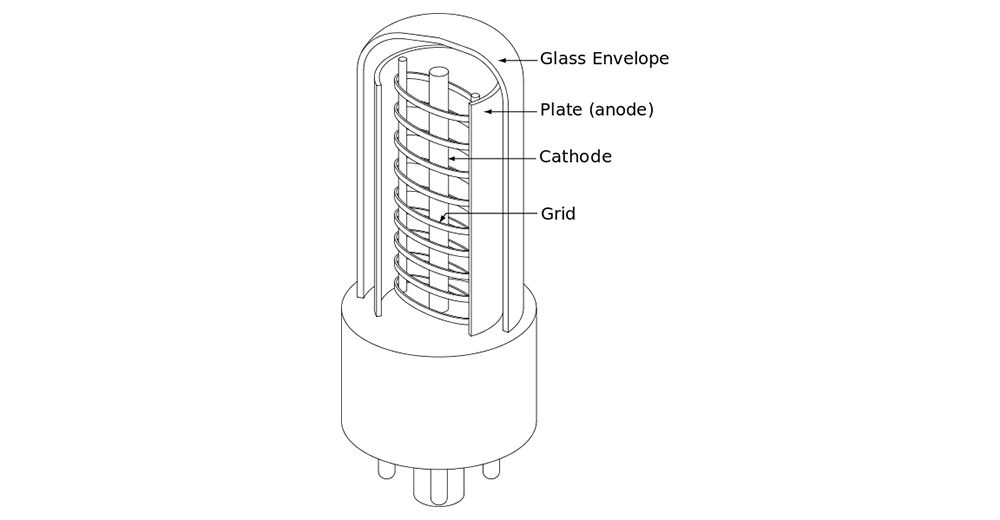
A very desired effect of the
electric guitar amplification is the
saturation, a special kind of distortion
that appears when the amplification value is at the maximum point or near to
it; in these conditions the tube starts clipping the signal, thus enriching it
with mostly even order
harmonics, that give the sound a
peculiar texture, traditionally linked to
sound
quality and
warmth. In fact,
human ears do appreciate even order harmonics.
Kinds of tube distortion
The described distortion can be
obtained from the
preamplification stage as well as from the power amp stage of the amplifier with
clear sound differences:
- the
preamp distortion is higher,
more solid,
compressed and
also
easier to be designed
- the
power amp distortion is usually
lighter, very airy, more
dynamic
and rich in harmonics thanks to the high operating voltage (Volts by
hundreds).
Main drawbacks for this elevated sound quality are:
- dimensions
- weight
- heat
- cost
(especially for the so-called
hand
wired
circuits, manually assembled as they were in the distant past).
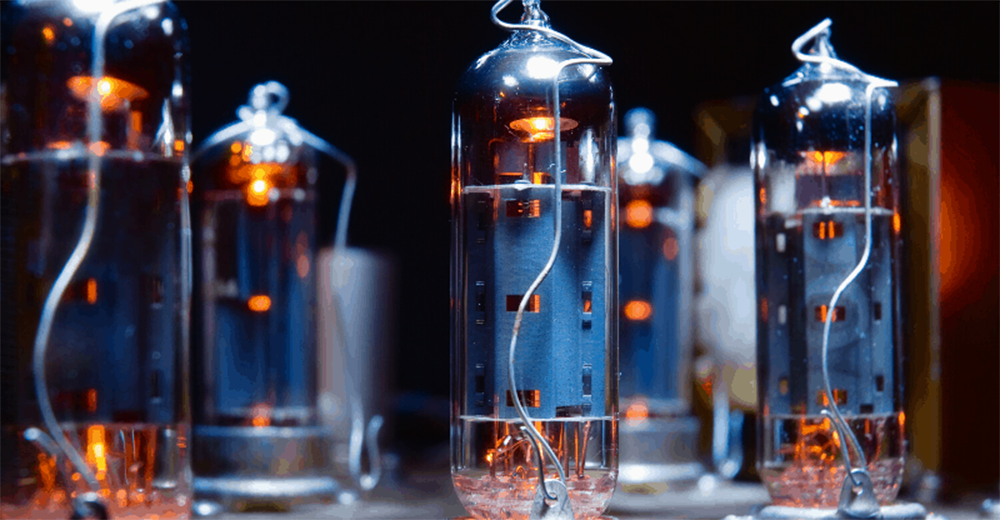
Class-A and class-AB amps
Choosing between the two most common
kinds of tube amplifier is important:
class-A
or class-AB amps. Briefly, in the class-A
design the whole electrical signal is amplified by each tube,
getting a peculiar dinamic sound, linear and soft, but with remarkable power limits
too. In the class-AB design, one tube amplifies the positive half-wave and a
second tube the negative half-wave of the signal; working in pairs
greater efficiency and power are
allowed.
Tubes can be used in more than one
pair (usually two) to obtain higher power. The
Single Ended amp design is often stated like class-A due to
marketing advantage. In this design the power amp counts on a single power tube,
that obviously amplifies the entire electrical signal.
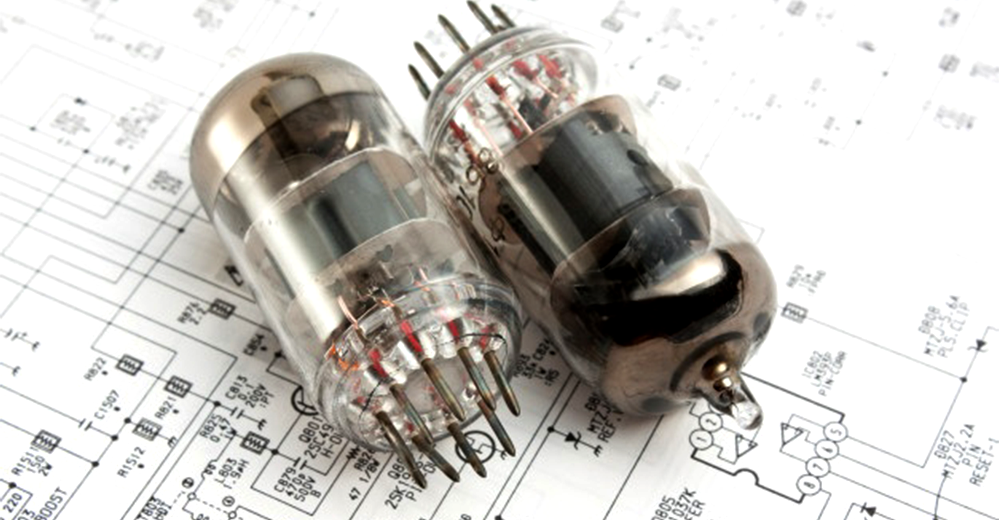
Speakers
On the above, a very important
interaction between the
power amp
and the speaker (one or more,
according to amps and cabinets) should
be added. The speaker is the device that converts power amp’s signal
variations in
sound. Consequently
the amplification system overall
voice is largely determined by the
model and quality of the speaker (about 50%), both from a
dynamics and a timbre
point of view.
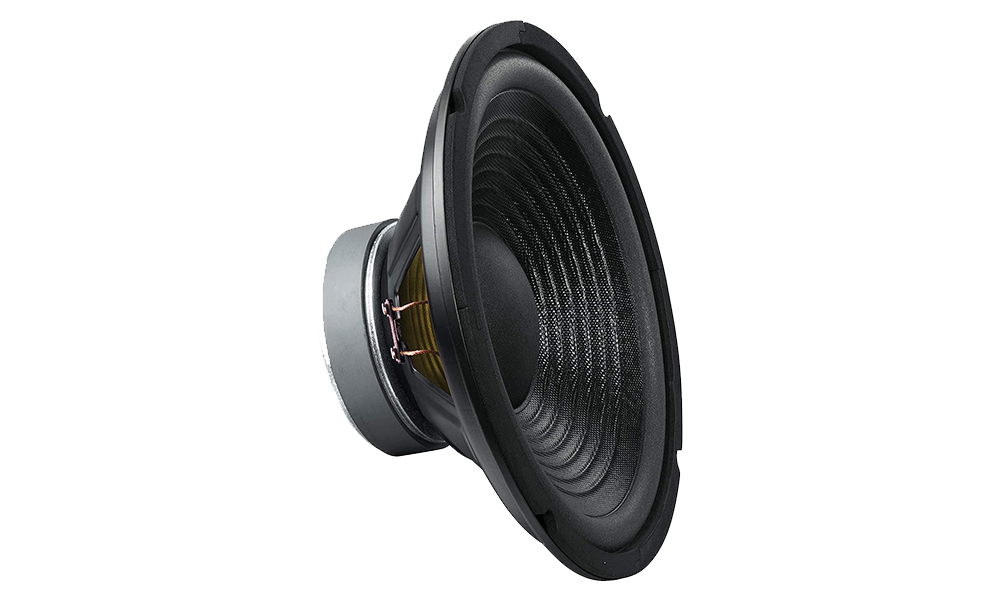
A still valid technology
Somebody could surely ask why is a
many decades
old technology still
playing a decisive role in the
electric
guitar
amplification, whereas we
are living in times of global
digitization.
Tubes
electronics have been continuously
developed and build thru the years thanks to a historic and military reason:
tubes keep working under transmutation of the atom conditions, that is in case
of nuclear war; that’s why they can be found in ground radars or in fighting
jets radomes, for example.
As the risk of an East-West conflict (the
so-called Cold War) reduced, tubes have continued to assume a certain
industrial and business interest thanks to their specific, not to say inimitable,
quality in music amplification. They are still used in some high end
Hi-Fi systems, in microphone preamplifiers, sound cards
and distortion
effects
. Factories in countries such as Russia, Serbia and China are
keeping on making, and specialised firms provide type and quality selection for
musicians’ delight.
Hence, it seems the good old thermionic tube does not want to…
retire!
Born in Italy in 2005, Soundsation offers a growing range of tube,solid state and hybrid amplifiers. Stay tuned for more articles!
